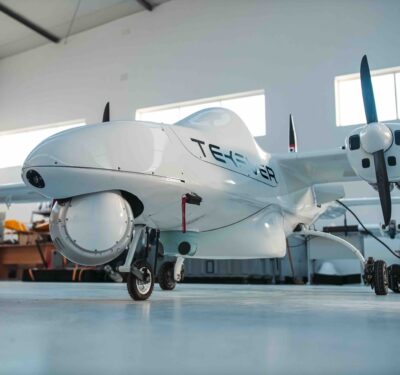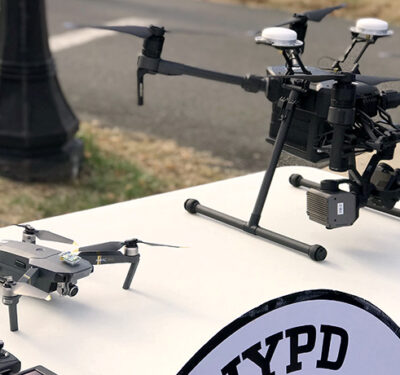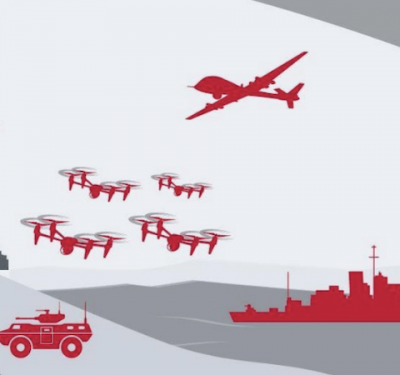
The Civil Aviation Authority (CAA) of the United Kingdom has introduced a new consultation document, CAP 2968, outlining proposed guidelines for unmanned aircraft (UA) operations within “Atypical Air Environments” (AAE). This initiative aims to support beyond visual line of sight (BVLOS) operations for unmanned aircraft, providing a framework to ensure safety and efficiency in less traditional flight areas.
AAEs are defined as specific volumes of airspace where the presence of conventional piloted aircraft is considerably lower, often due to the proximity to ground infrastructure or within private properties at certain altitudes. It’s important to note that AAEs are not classified as a separate category of airspace but can exist within any classification, with the exception of Flight Restriction Zones (FRZs).
The document emphasizes the importance of complying with existing unmanned aircraft system (UAS) regulations and specific airspace restrictions when operating within an AAE. It includes recommendations on operational, strategic, and technical mitigations required for UA operations in these environments while addressing both air and ground risk aspects.
One of the key aspects highlighted in CAP 2968 is the requirement for UAs operating in AAEs to be equipped with Automatic Dependent Surveillance-Broadcast (ADS-B) transmitters or transceivers utilizing 978 MHz/UAT. This measure is aimed at mitigating the risk of mid-air collisions and enhancing situational awareness. Additionally, the document recommends the use of high-intensity anti-collision lighting and a robust containment solution to ensure UAs do not breach the operational volume.
The introduction of CAP 2968 represents the CAA’s commitment to adapting regulations to the rapidly evolving needs of new airspace users. By providing clarity on what constitutes an AAE and detailing the necessary safety measures, the CAA seeks to facilitate the safe expansion of unmanned aircraft operations in the UK. This consultation document marks a step towards embracing innovative operational concepts and technological advancements for expanded unmanned aviation.






